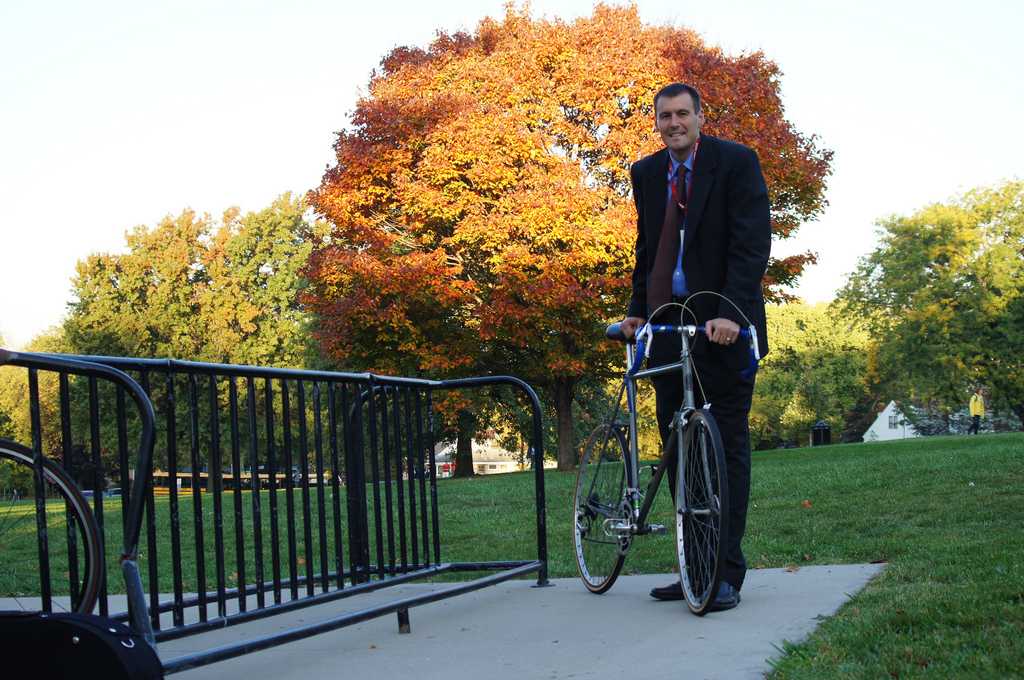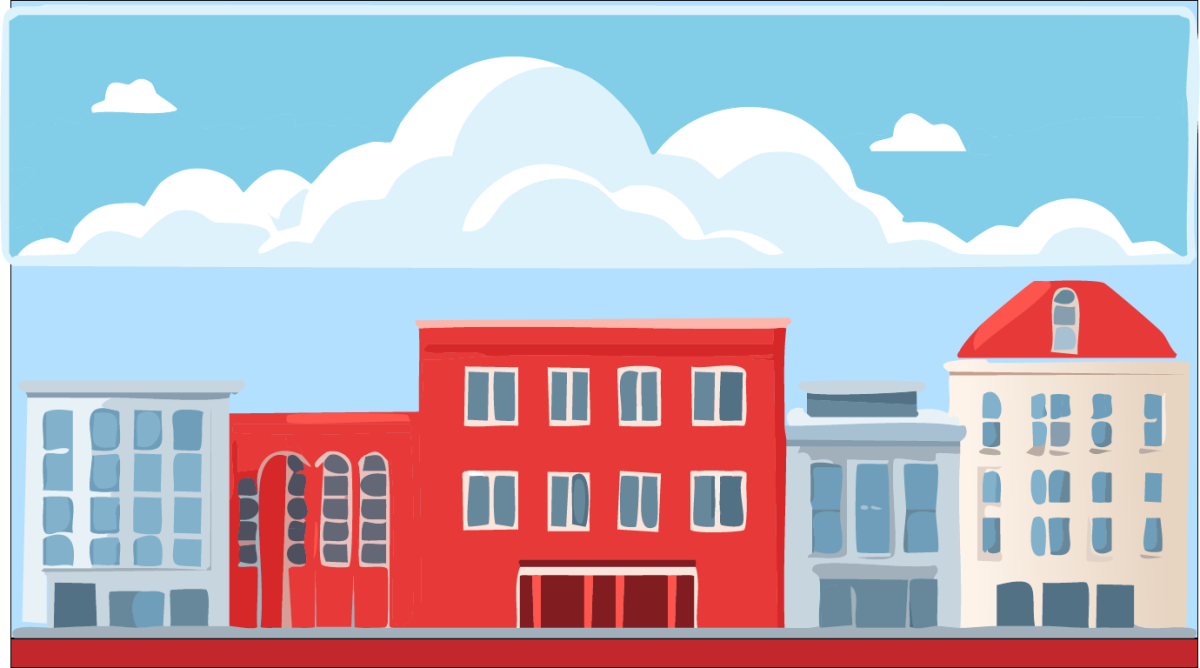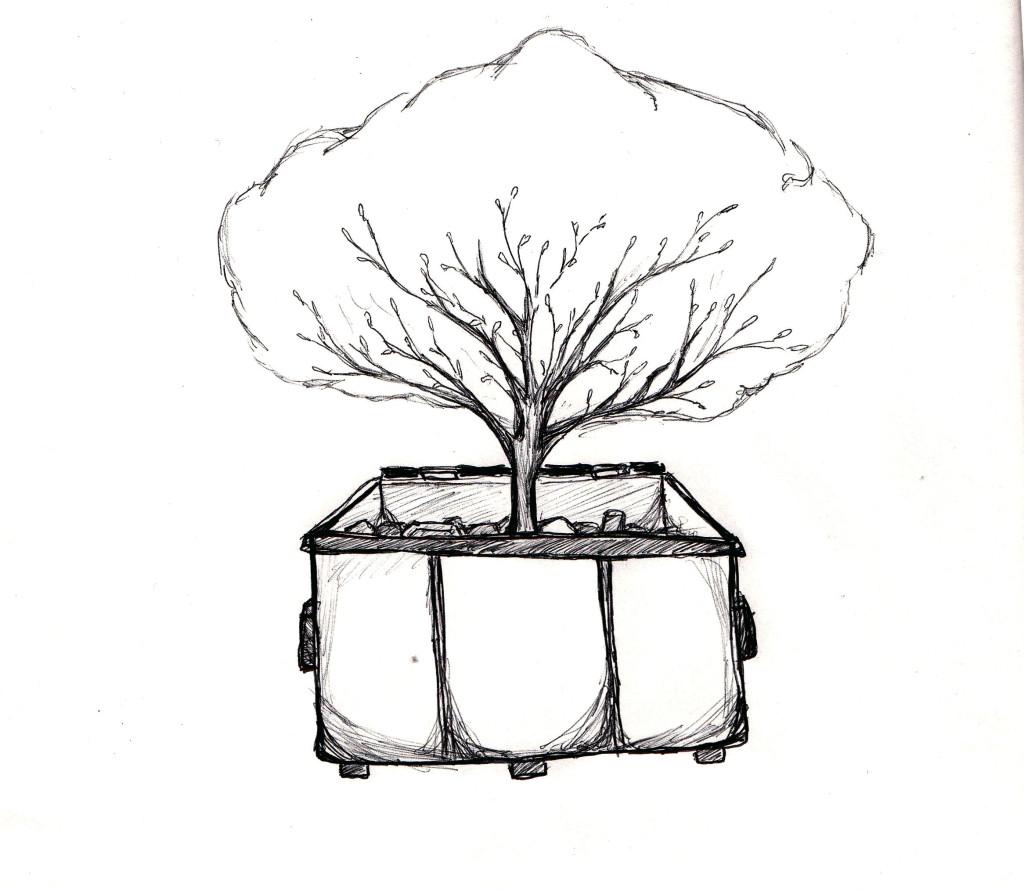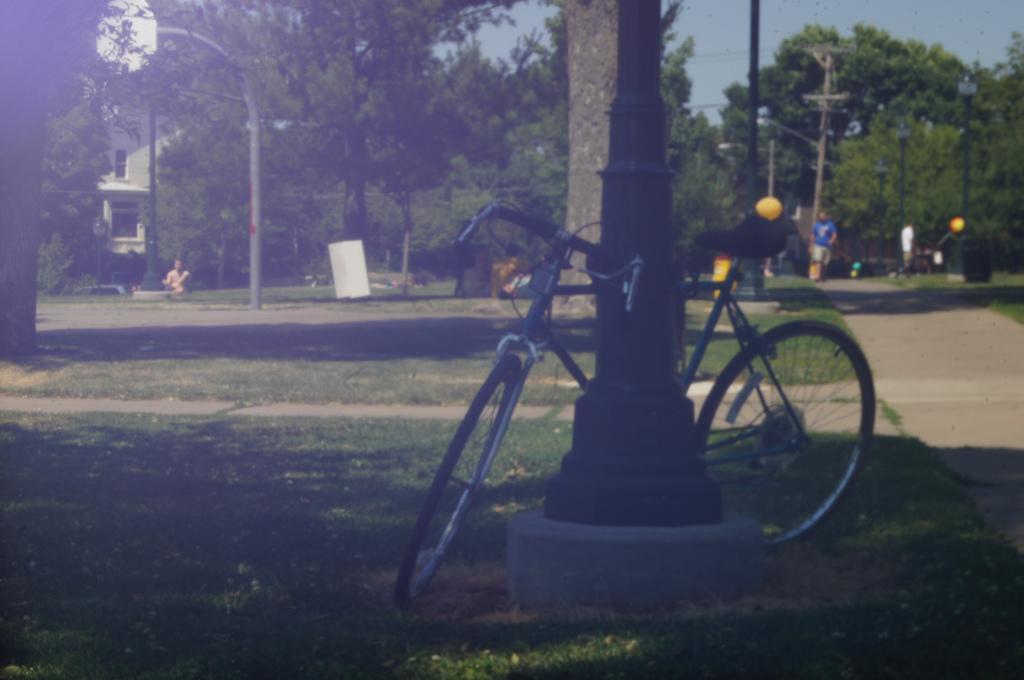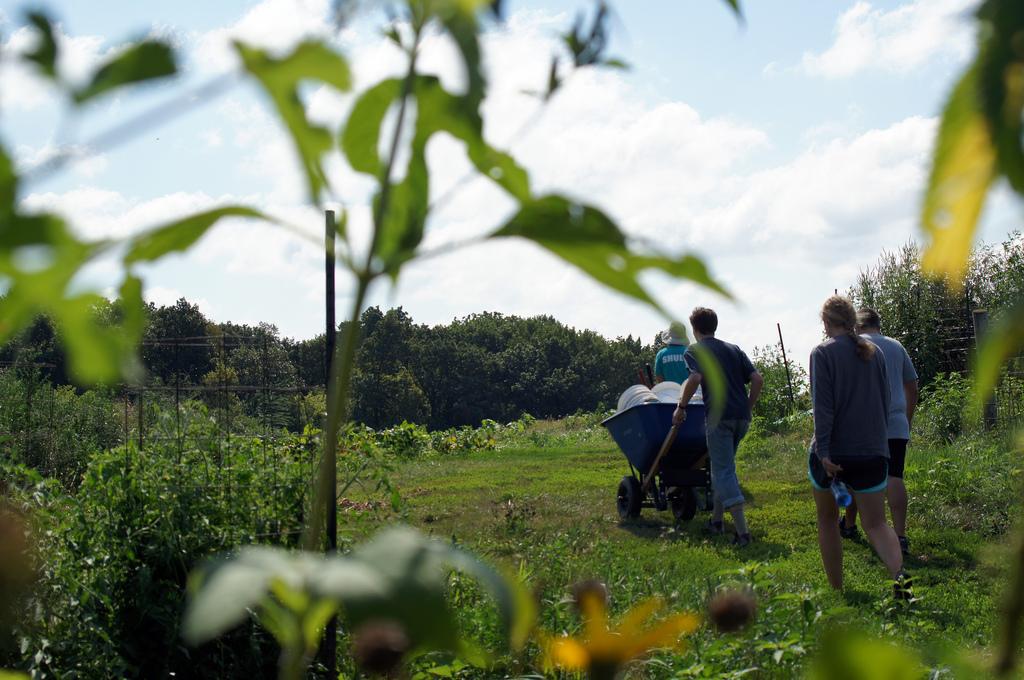Environmental Jumble
Assorted stories and thoughts from the ongoing pursuit of a greener environment
as pursued by your locally grown Little Hawk, Eli Shepherd.
;
Although the prizes available consisted only of pencils and reflective stickers, the other rewards silenced any doubts. Smiles and sunshine were abundant- in much less apparent abundance were motor vehicles of any kind.
The day was October 3, 2012, and it was National Walk to School Day. Shortly after eight o’clock that morning, kids began showing up in large numbers on foot or bike; chattering excitedly amongst themselves. I and several friends from City High’s Interact club were accompanied by a volunteer from Hoover and a member of the Iowa Bike Coalition in handing out Bike/Walk Day pencils, bookmarks, stickers, and the like. Faces lit up when they found they there were more benefits to going car-free than they thought. Even students who came running up the walk after the bell found it rewarding to have left the car at home. Parents enjoyed not having to fight through traffic, students got to run and talk with their friends, and all enjoyed exercise, fresh air, and sunshine.
Over at City High, Principal Bacon showed up on his bike, and then stood by the bike racks, greeting students with a smile as they walked up to school, similar to what was happening just a block away over at Hoover. What set the two apart, however, is that nearly all of the students walking up to City were merely transporting themselves from their cars to the school. Just as President Obama spoke of the need to eliminate the middleman from student loan lending, I believe we need to eliminate the middleman (or vehicle) from the “getting places” equation in order to make the system more efficient. Allow me to elaborate.
On Wednesday October 3, 2012, much of the Hoover Elementary School population commuted to school on foot or bicycle. What’s interesting about this, however, is that their large turnout of walkers and bikers was not an exceptionally large increase from the everyday. It is no secret that elementary students routinely walk and bike to school. But once those kids hit high school, walking and cycling becomes less socially acceptable, especially once a driver’s license is attained. The ratio of bike to car users is much, much smaller at City than at Hoover. And yet, for the most part, high school students know more about climate change and the obesity epidemic — problems that can be remedied by bike — than their younger counterparts. While some factors such as commute distance to high schools are typically higher than at elementary schools, there is no excuse for such drastic differences in bike/walk to car numbers.
That said, I still understand many of the reasons my classmates provide for driving to class. They’re always in a rush, they have too much to carry, it’s too far; the list is lengthy. While I don’t believe we can easily remedy every one of those ailments, I do believe we can do a whole lot more to cut down the list sizably, because right now, most of our driving excuses are about as good as “the dog ate my homework.”
Students can take initiative themselves for their health, their wallet (gas is expensive), and the planet in which we all live. Parents, educators, and policy makers can all do their part as well. Parents can push for PE credits for biking to school, educators can teach their colleagues and their students the benefits of a car-free commute, and policy makers can allow PE credits for cycling to school, limit parking availability to those within a certain distance from the school, and push education on the benefits of walking and cycling into curriculum. Still wondering if it’s worth it? Next time you see kids around the bike rack at school, just take a look at their faces. All smiles.



























